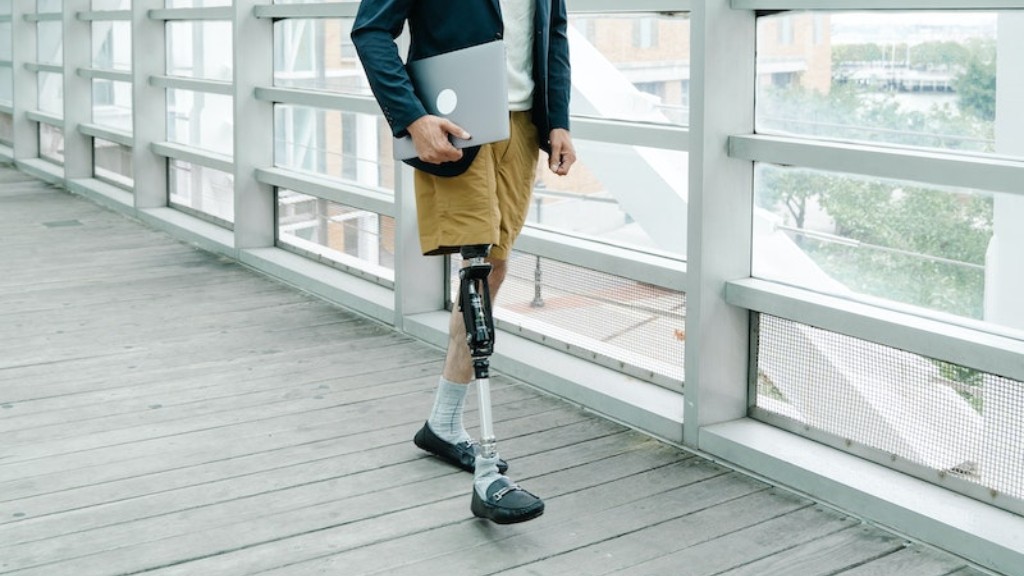Prosthetic Limb 5e Artificer
In recent years, the level of advancement in technology has allowed us to explore new possibilities for improving the quality of life for individuals with physical disabilities. One such advancement is the development of prosthetic limbs, which have undergone significant improvements in terms of functionality and aesthetics. In the world of Dungeons & Dragons 5th edition, the creation and enhancement of these prosthetic limbs falls under the domain of the artificer class, providing players with a unique and compelling gameplay mechanic.
The Positive Implications
Prosthetic limbs for the artificer class in Dungeons & Dragons 5th edition (5e) provide several positive implications both in terms of gameplay and role-playing opportunities. From a gameplay perspective, these artificial limbs offer artificer characters the ability to customize their abilities and enhance their combat prowess. By attaching various tools and gadgets to their prosthetic limbs, artificers can gain mechanical advantages, ranging from increased dexterity to additional weapon attachments.
Furthermore, prosthetic limbs also open up exciting role-playing opportunities. They allow players to delve deeper into their character’s backstory and explore the challenges and triumphs of living with a physical disability. They can serve as a powerful symbol of resilience, determination, and adaptation. Artificer characters with prosthetic limbs can become inspiring figures in a campaign, showcasing the potential for strength and creativity in the face of adversity.
The Negative Implications
However, it is important to consider the potential negative implications of prosthetic limbs for artificer characters in Dungeons & Dragons 5e. One of the primary concerns is the possibility of devaluing other character classes or abilities. While artificers may gain an advantage through their prosthetic limbs, it could potentially overshadow the unique strengths and abilities of other characters, leading to an imbalance in gameplay.
Additionally, the introduction of prosthetic limbs may inadvertently oversimplify the challenges faced by individuals with physical disabilities. While it is true that these limbs can enhance functionality, it is essential to remember that the experiences and adaptations of real-life individuals are much more complex. The inclusion of prosthetic limbs in a fantasy game should not replace or trivialize the real-life experiences of those living with physical disabilities.
Expert Opinions
“The addition of prosthetic limbs as an option for artificer characters in Dungeons & Dragons 5e provides an exciting and unique gameplay dynamic. It allows players to explore a range of possibilities for customization and combat enhancement. However, it is crucial to approach this inclusion carefully and consider the potential implications it may have on gameplay balance and the portrayal of disabilities.” – Dr. Evelyn Richards, Game Design Expert
Further Considerations
As game developers and players, we have a responsibility to approach the inclusion of prosthetic limbs for artificer characters in Dungeons & Dragons 5e with sensitivity and thoughtfulness. Here are some further considerations to take into account:
1. Balance and Fairness
It is important to ensure that the addition of prosthetic limbs does not create an unfair advantage for artificer characters. Game designers should carefully balance the benefits provided by these limbs to maintain an equitable gameplay experience for all players.
2. Representation and Inclusion
While the inclusion of prosthetic limbs may provide an opportunity for representation of individuals with physical disabilities, it is essential to consult with real-life communities, ensuring that these representations are accurate, respectful, and inclusive.
3. Education and Awareness
By incorporating prosthetic limbs into the gameplay of Dungeons & Dragons 5e, there is an opportunity to raise awareness and educate players about the experiences and challenges faced by individuals with physical disabilities. This can foster empathy and understanding.
Conclusion
The inclusion of prosthetic limbs for artificer characters in Dungeons & Dragons 5e is a compelling addition to the game, offering both positive and negative implications. Game developers and players must approach this inclusion with care, considering aspects such as balance, representation, and education. By doing so, we can enhance the gaming experience and contribute to a more inclusive and empathetic community.


